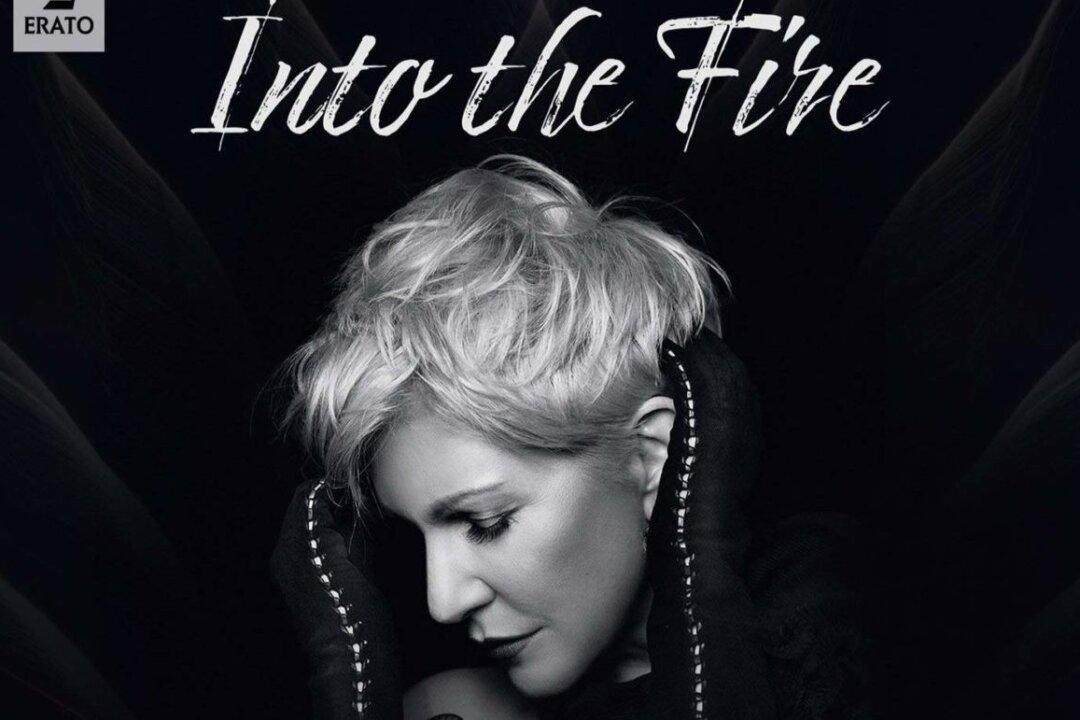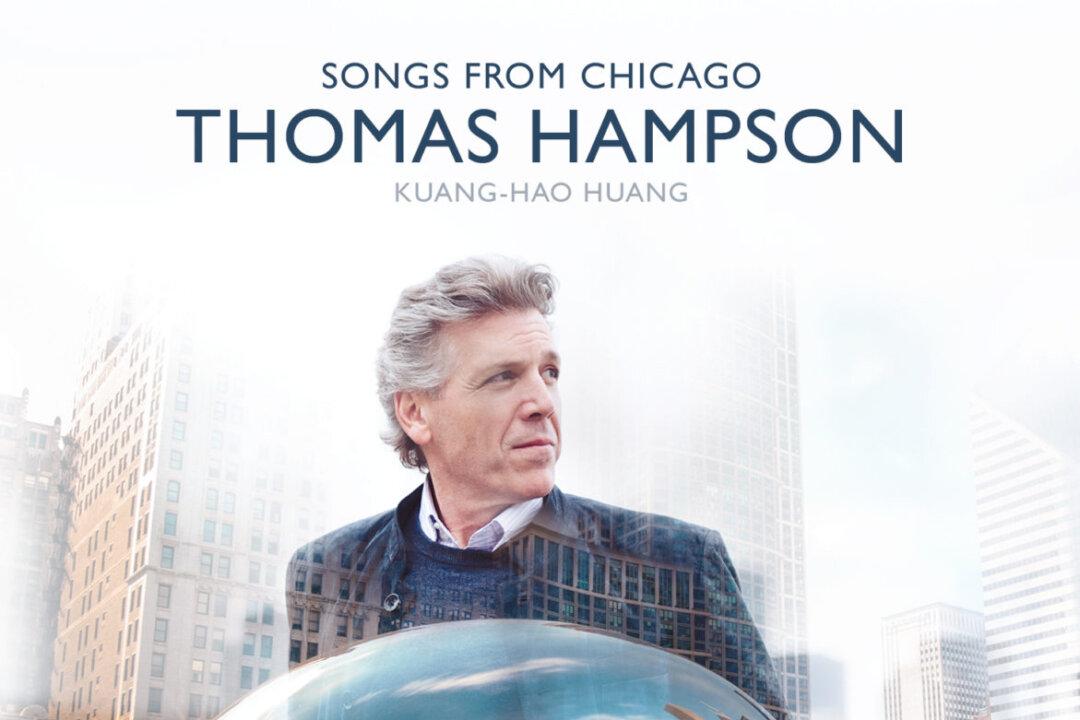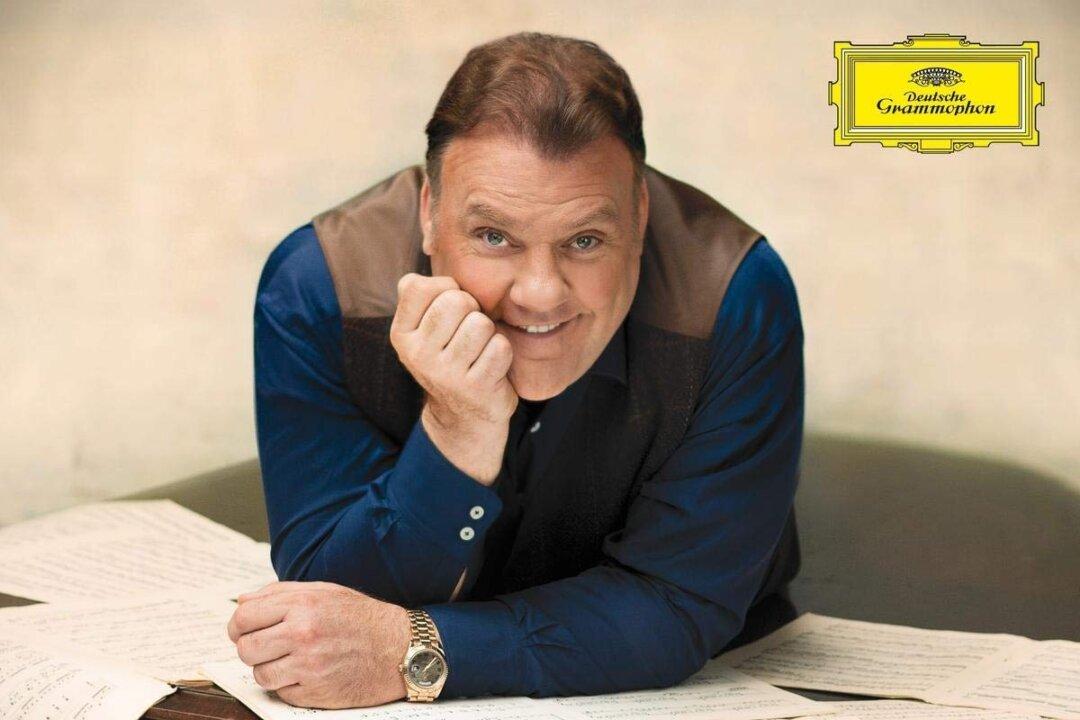I explained to my friend the idea of the Metropolitan Opera’s “The
Enchanted Island,” a pastiche baroque opera. It’s “Mama Mia,” she shot
back, referring to the Broadway musical that takes a plot (loosely based on
a 1969 film comedy “Buona Sera, Mrs. Campbell”) and shoehorns in songs by
Abba.
Apparently the practice of putting together operas with arias that fit the
talents of the singers, with librettos stitched together from other sources
was done in Handel’s time. While the idea is the same as a jukebox musical,
the results may be a bit more elevated. In this instance, the Met audience
was completely won over.
“The Enchanted Island” was put together by Jeremy Sams at the suggestion of
General Manager Peter Gelb. Sams conceived of the work and wrote the text as
a mash-up of Shakespeare’s “The Tempest” and “A Midsummer Night’s Dream.”
The English language opera borrows music from famous composers (Handel,
Vivaldi, Rameau, and Purcell) as well as obscure ones (Campra, Leclair,
Rebel, and Ferrandini).
The basic plot is that Prospero (the exiled Duke of Milan) lives on his
island with his daughter Miranda. He took the island from the sorceress
Sycorax and enslaved both her monstrous son Caliban and her magical servant,
the winged Ariel.
Prospero orders Ariel to cause the shipwreck of a vessel carrying Prince
Ferdinand, whom he wants as a husband for Miranda. Sycorax and Caliban upset
the plan, and Ariel wrecks the wrong ship, which is not carrying Ferdinand
but two pairs of honeymooning couples: Helena and Demetrius and Hermia and
Lysander.
After repeatedly casting spells on the wrong man, Ariel goes to the god
Neptune for help.
Following various twists and turns, the mismatched lovers all reunite with
the appropriate partner. Ferdinand marries Miranda and pardons her father.
Pressured by Neptune, Prospero and Sycorax make peace and he gives the
island back to her and Caliban.
The music is beautiful and the singing is mostly exquisite. David Daniels is
a sweet-voiced Prospero; Susan Graham is a powerful Sycorax; Danielle de
Niese is a delight as Ariel (singing with panache, dancing, and displaying
her comic talent).
Plácido Domingo is Neptune; Andriana Chuchman is Miranda; Janai Brugger is
Helena; Elizabeth DeShong is Hermia; Andrew Stenson is Demetrius; Luca
Pisaroni is Caliban (looking a little like Frankenstein’s Monster); Nicholas
Pallesen is Lysander, and Anthony Roth Costanzo is Ferdinand.
Domingo’s voice is still powerful, though his English is rather heavily
accented and he is not really a baroque stylist. Costanzo, who seemed out of
place in Sams’s production of “Die Fledermaus,” shows his true mettle here.
Patrick Summers conducts with style, a considerable achievement when one
considers that the music came from eight composers from different countries
and is being performed on modern instruments.
Phelim McDermott’s production is often dazzling. With Julian Crouch’s
imaginative sets and masks, Graciela Daniele’s choreography, Kevin Pollard’s
colorful costumes, and Brian MacDevitt’s lighting, as well as animators and
video designers, it is a match for anything on Broadway.
The Shakespeare borrowings are mixed with enough Disney (floating mermaids
and other special effects) that “The Enchanted Island” could be shortened
into a holiday show for kids. In the meantime, adults will be charmed.
“The Enchanted Island” is running intermittently until March 20th at the
Metropolitan Opera House, Lincoln Center; 212-362-6000; metopera.org.






